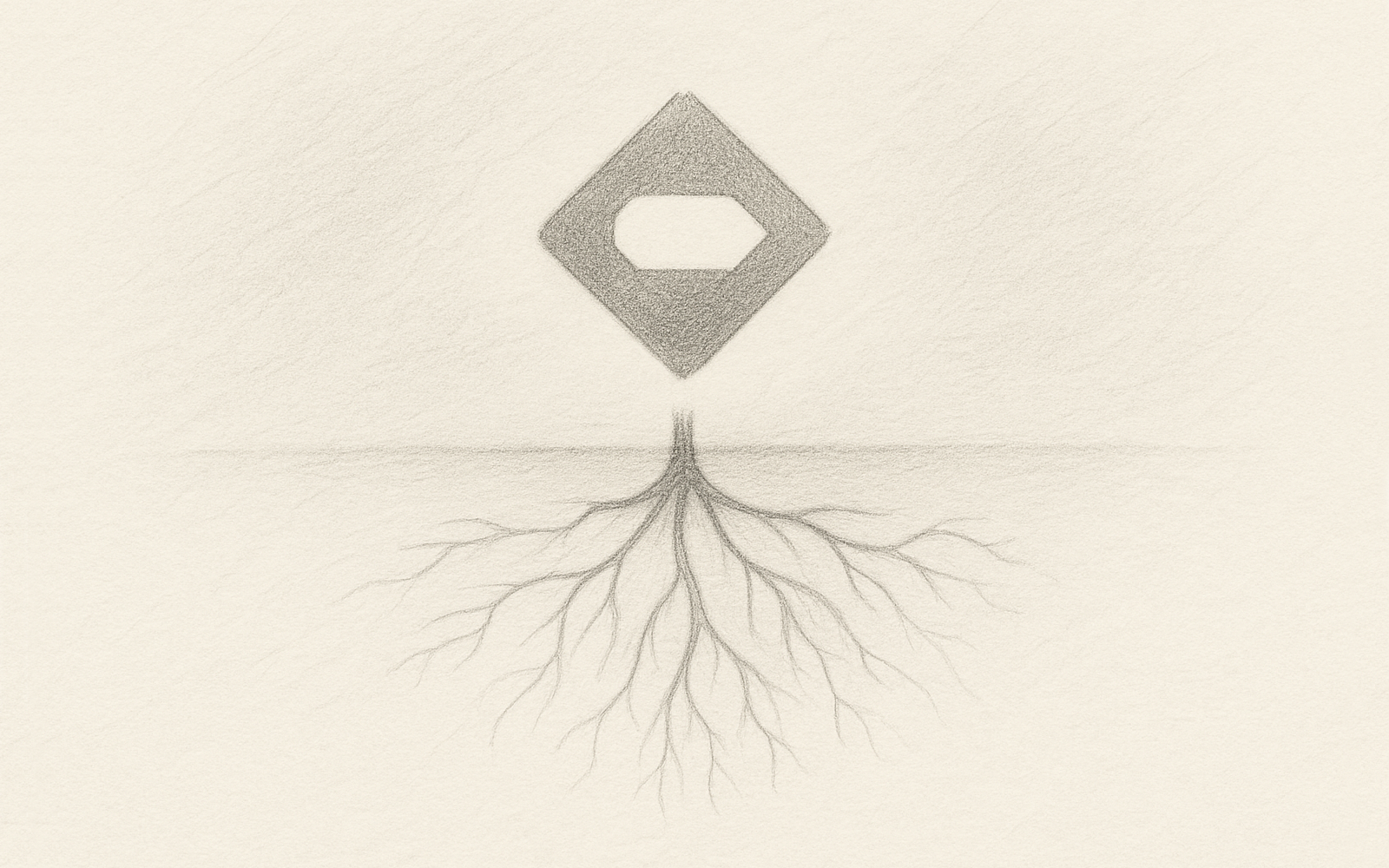Logos are fascinating. The most intriguing aspect isn’t the design, but the concept of logos and the purpose of a logo as it relates to branding.
When you research the origins of the word ‘brand’, you learn that it comes from the literal branding of livestock. The mark made by a hot iron distinguished who owned a cow and ensured that a cow’s ownership wouldn’t be confused. Having a distinctive mark was critical.
The purpose of a logo today is the same – it identifies. Think of it like a street sign or a country’s flag. A logo is simply a way to differentiate one company from another. It’s as simple as that.
Your logo builds real equity
Your logo is the most vital branding tool you have to build equity in your company. And yes, I mean actual dollars because branding drives monetary equity (more on that topic soon).
Whatever your logo looks like, it represents everything your company stands for and every interaction that customers have with your company. If someone understands what you sell, that understanding goes into your logo. If you delighted someone, that happiness goes into your logo. If someone feels like you gave them terrible customer service, that distaste goes into your logo.

Your logo ends up looking like how you make people feel — it’s a repository for all the impressions people have about your brand.
As the core identifying symbol, your logo represents the soul of your company. But to effectively identify your company and build equity through all the impressions you work so hard to create, you need to use it.
Your logo must be seen
I am always astounded when designers resist using a company’s logo. In my past life as a creative director, I encountered this numerous times. Occasionally designers would create a design without a logo (or a logo so small you’d need a microscope to see it) and then fret that adding or enlarging the logo would make the design look too cluttered.
The first few times this happened, I was working with designers who were more experienced than me. I assumed they knew something I didn’t — that the rules of design transcended what seemed to me like logic. Now that I’m a bit more experienced myself, I realize that they were using the company to serve design rather than using design to serve the company.
The purpose of a logo is to be seen. Full stop.

When you are having an event, you need to make sure that your logo will be in the line of sight of cameras. When you create social campaigns, they must include your logo because people share them. When you make a video, the thumbnails must have your logo, and your logo also needs to be in the video itself.
Good design speaks highly of a company – it telegraphs that a company values quality. Design can be your company’s ambassador, appealing to people’s senses. But design is not your brand. Your brand is symbolized by your logo.
When design and branding work in harmony, greatness happens. Just look at Nike or Apple.
So if you work with designers, you can confidently tell them that they need to put a logo on it, and they need to make it visible. Otherwise, what’s the point?
Your logo is sacred
Think about how much work you’ve put into your company or your job. Every interaction, every late night, every dollar spent, every time you delighted a customer, every time you worked to turn a bad experience into a good one.
Now look at your logo, and remember that it embodies every one of these interactions.
I hope you look at your logo a little differently.

Don’t mess with your logo*, and don’t let other people mess with it, either. Don’t let people change your logo’s approved color, add things to it, or cut things off it. Give it room to breathe and make it big enough to be seen.
If you have a style guide for your logo’s usage, follow it.
You wouldn’t break a contract on a whim, so don’t break your logo on a whim, either. Both have the potential to do serious damage to your company — and you’ve worked too hard for that.
* As with all rules, sometimes this rule is best broken, but only in the most exceptional circumstances and in the most capable of hands. 99% of the time and with 99% of designers, don’t do it.
